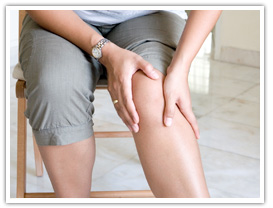
Home > Pain Management > Knee Problem
Ayurvedic Doctor for Knee Problems in Kolkata
What Causes Knee Problems?Some knee problems result from wear of parts of the knee, such as in osteoarthritis. Other problems result from injury, such as a blow to the knee or sudden movements that strain the knee beyond its normal range of movement. How can people prevent knee problems? Some knee problems, such as those resulting from an accident, cannot be foreseen or prevented. However, a person can prevent many knee problems by following these suggestions:
|
Contact us!
We are happy to help you..
Book Appointment
- Ultadanga Book appointment
- Gariahat Book appointment
- Howrah Book appointment

Subscribe to our Newsletter
Book Appointment
-
Ultadanga
 (0)9831775590
Book appointment
(0)9831775590
Book appointment
-
Gariahat
 (0)9831775590
Book appointment
(0)9831775590
Book appointment
-
Howrah
 (0)9831775590
Book appointment
(0)9831775590
Book appointment
Call
-
Ultadanga
 (0)9831775590
(0)9831775590
-
Gariahat
 (0)9831775590
(0)9831775590
-
Howrah
 (0)9831775590
(0)9831775590



 This fact sheet contains general information about knee problems. It includes descriptions and a diagram of the different parts of the knee, including bones, cartilage, muscles, ligaments, and tendons. Individual sections of the fact sheet describe the symptoms, diagnosis, and treatment of specific types of knee injuries and conditions. Information is also provided on the prevention of knee problems.
This fact sheet contains general information about knee problems. It includes descriptions and a diagram of the different parts of the knee, including bones, cartilage, muscles, ligaments, and tendons. Individual sections of the fact sheet describe the symptoms, diagnosis, and treatment of specific types of knee injuries and conditions. Information is also provided on the prevention of knee problems.